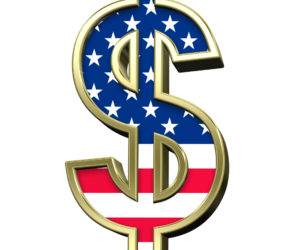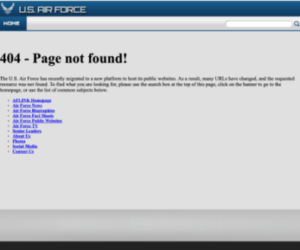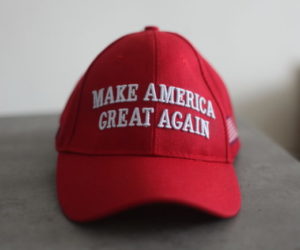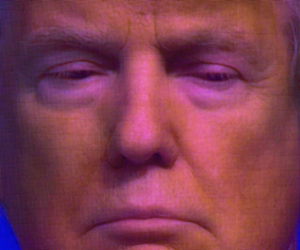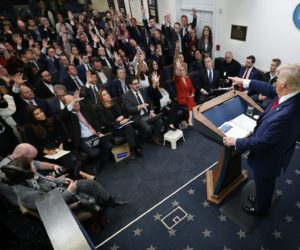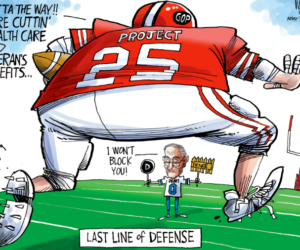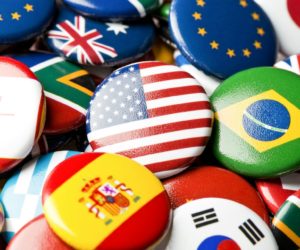![[The Economist, U.K.]](http://www.economist.com/images/20071201/4807LD1.jpg)
Has the domination of the greenback been brought permanently to an end? According to this op-ed article from France’s Le Monde, the dollar has truly been dethroned, and now it’s time to confront the consequences of a brave new monetary world.
“The dollar has been dethroned; the monetary multi-polar world has been born. How will it turn out? … the post-dollar monetary world promises to be neither more stable, nor more just.”
By Eric Le Boucher
Translated By Julian Jacob
November 8, 2007
France – Le Monde – Original Article (French)
Will the decline in the dollar accelerate out of control? Will the euro, inflated like a balloon, rise without limits to $1.55, $1.60, $1.70 or more? As the headline in the British weekly The Economist said last week, this black scenario brings “panic” to financial circles . The crash of the dollar isn’t the most likely scenario, but it’s no longer regarded as impossible.
Since abandoning its convertibility into gold on the 15th of August, 1971, the dollar has lost more than a third of its value against all other currencies. The fall of the greenback, therefore, didn’t begin yesterday. It has already been shadowed by crises, particularly in the late 1980s when the Japanese sumo seemed to disrupt the American empire. But neither run-of-the-mill devaluations nor other types of crisis have managed to challenge the supremacy of the dollar as the linchpin of the global monetary system.
On the contrary. Emerging economies in Asia and the wealthy Persian Gulf countries have, for the sake of convenience, attached (‘pegged’ in financial jargon) their currencies to the dollar. We could say that the system born of the 1944 Bretton Woods Agreement , which died precisely on the 15th of August, 1971, has been de-facto restored. Outside continental Europe, the planet has resumed a virtual worldwide monopoly – creating a “quasi-dollar zone.” It’s a system that economists have called Bretton Woods II .
And it is this Bretton Woods II that now threatens to come completely apart. The dollar is now subject to an immediate and long-term lack of confidence.
[Editor’s Note: Some economists have referred to the system of currency relations which evolved after 2001, in which currencies, particularly the Chinese renminbi, remained fixed to the Dollar, as Bretton Woods II. The argument is that a system of pegged currencies is both stable and desirable ].
The first factor is the weakness of the American economy. Will there be recession, or not? Martin Feldstein, a former advisor to Reagan, now estimates that there is a 50 percent chance of a dip. Clinton advisor Larry Summers believes there will be a recession, and predicts that it will be long, extending “beyond 2010.” To allow itself some breathing space the Federal Reserve is tempted to lower interest rates – but only reluctantly – because this would risk rekindling fears of inflation. There is talk in the United States of a return of stagflation – weak growth with inflation – a terrifying hydra that hasn’t been seen in twenty years. All of these perspectives badly tarnish the luster of the dollar.
The second reason is the sub-prime crisis. It is now believed to be under control, but after a fortnight it has re-emerged, casting doubt in the soundness of American banks (what will be the real limit of their losses?). And will it worsen in early of 2008? In terms of the dollar, none of this is reassuring to investors.
The third element, better known but weightier still, is the trade deficit. It shrunk a bit due to the decline in the greenback, which makes American-made products more competitive. But the trade gap remains at 5.5 percent of GDP: the dollar would have to devaluate significantly more to balance the books and eliminate the deficit.





